Chicago Public Schools and its teachers union have agreed to restart in-person classes Wednesday after a tense standoff that canceled four days of classes for the vast majority of the district’s 330,000 students.
A tentative agreement that will bring teachers back to school Tuesday now goes to the rank and file for a vote. It includes a joint effort to boost COVID-19 surveillance testing and school-level safety metrics that would shutter individual campuses and shift them to remote learning for five days should 30% of teachers be absent for two consecutive days or 40% of students be quarantined.
The union and district leadership did not appear together to make the announcement about reopening campuses. Ballots likely will go to teachers Tuesday, union officials said.
The question of whether union members will receive pay for the four canceled days of classes will be left up to district CEO Pedro Martinez, union lawyer Robert Bloch said Monday, though the district could reschedule missed instructional days and plan to pay teachers for them, effectively making up the gap.
Chicago Public Schools did not agree to a districtwide threshold to shutter schools as the union had wanted. It also refused to implement a testing program that would automatically sign up students and require parents to opt out.
The proposal, which passed the union’s House of Delegates with 63% voting to send it to membership, comes after teachers voted last week to stop reporting to work in person and instead teach remotely — and district leaders canceled classes for four days in response.
Even as districts across the country struggled with post-winter break staffing shortages and rising case counts, the standoff in Chicago once again drew national attention for its uncommon acrimony and disruption.
Despite sharp words and seemingly intractable discord, both sides were under pressure to find a way out of the stalemate.
The third abrupt halt to learning in as many years was fueling rising parent frustration, at a time when the district is already grappling with a sharp increase in families leaving for private schools, suburban districts, and homeschooling — a development with major implications for the district’s long-term financial health.
The district and union negotiations team spent hours at the table last week, through the weekend, and on Monday, frustrating parents who said neither the district nor the union were asking families to weigh in a bid to avert a second week of uncertainty and disruption for children.
‘We worked hard to find a compromise’
Following the tentative agreement, Mayor Lori Lightfoot Monday night said parents and guardians could now “breathe a sigh of relief.”
Lightfoot reiterated the importance of in-person learning, especially after seeing the devastating impact of remote learning over the course of the pandemic.
“We know this has been very difficult for students and families,” Lightfoot said. “Our goal was to get our students back to in-person learning as quickly as possible and prevent work disruptions for the rest of the school year.”
Lightfoot said they heard parents loud and clear. “It’s been extremely helpful to hear from you,” she said. “We need you at the table, always.”
Union officials said the agreement will boost testing and contact tracing in schools, deliver more face coverings to staff and students, and boost campus-level safety metrics — but they described an arduous negotiation process and said the proposal had some shortcomings.
“We worked hard to find a compromise. I’m not going to say anyone on our team feels like this is a home run,” said union President Jesse Sharkey. “It was cold out in Chicago, we were locked out of schools, and we were going without pay and we were watching our students reach out … We tried to put together something that would work.”
Under the proposal that the union’s 25,000-person membership will weigh midweek, schools would suspend in-person learning if schoolwide teacher absences due to COVID-19 exceeded 30% — or above 25% with the use of substitutes and internal staff. During a COVID surge, a school could also flip to remote learning if 40% of students were instructed to quarantine. School-level safety committees will review school situations and vote to flip a school to remote learning — and the district will provide additional testing on those campuses.
School would resume in-person learning after five days, in accordance with recent recommendations from the Centers for Disease Control and Prevention and the Illinois State Board of Education.
On the contentious matter of testing, the proposal states that testing will continue on campuses and that the district and union will work together to boost testing with a goal of achieving 100% participation by Feb. 1 through phone banks and stepped-up promotion of the testing program. At schools with fewer than 10% of students opting into testing, there will be some random testing. Data obtained by Chalkbeat show testing opt-in rates vary widely by campus.
The proposal also aims to fill in gaps in the district’s contact tracing program, adding school-based staff to contact tracing teams and training and paying them for the additional hours. The addition of campus-based staff to the district’s efforts will help fortify a program that principals, educators, and parents have complained has considerable lags, union leaders said.
“(Educators) know the staff, they know the students, they will have a much better time making connections and sharing it appropriately,” said Jen Johnson, the union’s chief of staff. “We think this is a critical shift.”
Martinez said he looked forward to welcoming all staff Tuesday and bringing students back Wednesday. The district was committed to the safety of students and staff and would work together, Martinez said.
The proposal, Martinez said, would strengthen current safety protocols by expanding testing and contact tracing efforts.
A long, arduous process
On Monday, union leaders described a long, arduous process that stretched six months and started before schools reopened in September.
“This agreement is only a modicum of safety,” said Stacy Davis Gates, the union’s vice president. “This should have never gotten this far. We had to go on a remote action to get more testing in our school communities in the middle of a pandemic.”
At first, it seemed both sides had dug in with irreconcilable positions.
The union demanded a test-to-return program, pointing to districts such as Washington, D.C., which had required negative COVID tests from students and employees returning from winter break amid a steep surge in coronavirus cases.
Union leadership also wanted the district to switch from a weekly student testing program families opted into to one that would require them to opt out if they did not want their children tested — an approach that has resulted in higher participation at other districts in Illinois and beyond. And the union insisted the district should spell out a metric for closing schools when the number of infections among staff and students rose.
The union blasted the district for canceling classes and locking teachers out of their accounts instead of allowing students to learn virtually until the two sides could reach an agreement. Some educators and principals also criticized a district directive to principals to try standing up in-person instruction or enrichment programs Friday if enough staff and teachers showed up.
But Lightfoot and Martinez shot back, arguing that shutting down in-person learning for an entire urban district was unconscionable, especially in light of data showing attendance and grades had dipped disproportionately for the district’s most vulnerable students during last year’s extended remote stretch.
Lightfoot said she was dead-set against testing students without their parents’ explicit permission, which she deemed “repugnant” and “immoral.” And district leaders balked at a metric that would set what they consider too low of a bar for shuttering entire schools or the district, with the inevitable disruption for families and learning.
They accused the union of holding families who need in-person learning hostage and made it clear: Teachers who did not report to work in person would not be paid.
In the face of the impasse, some schools started to welcome students back with a handful of teachers returning to classes and teaching students, an elementary school principal told Chalkbeat.
The teachers feared CTU backlash for returning back to classes, said the principal, who declined to use their name because they aren’t authorized by the district to speak with the media.
On Monday, Martinez said 16% of teachers returned to schools, allowing 159 schools to offer in-person enrichment activities and three schools to provide in-person instruction.
Families caught in standoff
The confusing messaging, late night decision-making, and acrimonious words left Chicago parents anxious and worried.
Chicago parent Megan Hasse expressed frustrations with the walkout, saying the union had “single-handedly made a decision on what is best for our children,” but acknowledged the district wasn’t blameless in the current situation.
Her 9-year-old daughter struggled “massively” during remote learning and now she needed to prioritize her child’s mental health, Hasse said.
Two years into the pandemic, Hasse said there are more resources and knowledge now on how to protect ourselves.
“We are in a different phase of the pandemic, and we need to start acting like it,” Hasse said. “We cannot move to remote every time there is a surge and definitely not on a moment’s notice.”
At a virtual press conference hosted Monday by the nonprofit Kids First, parents serving on the group’s advisory council had sharply different takes on virtual learning and COVID safety. But they were in agreement on one thing: Many parents didn’t feel that their perspectives and needs were reflected in the standoff between the mayor, district and union officials.
Luz Maria Flores, the mom of a student at Seward Elementary, said the district should provide N95 masks to all students and staff and step up testing and outreach to promote vaccination, but the union should acknowledge the hardships remote learning presents for some families.
“We need to unite as a big family,” she said in Spanish. “It’s on all of us to learn how to live in this new reality.”
This article was originally posted on Chicago, union agree to reopen schools Wednesday as rank and file weighs final deal


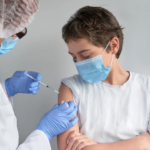
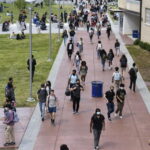
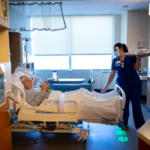
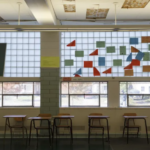
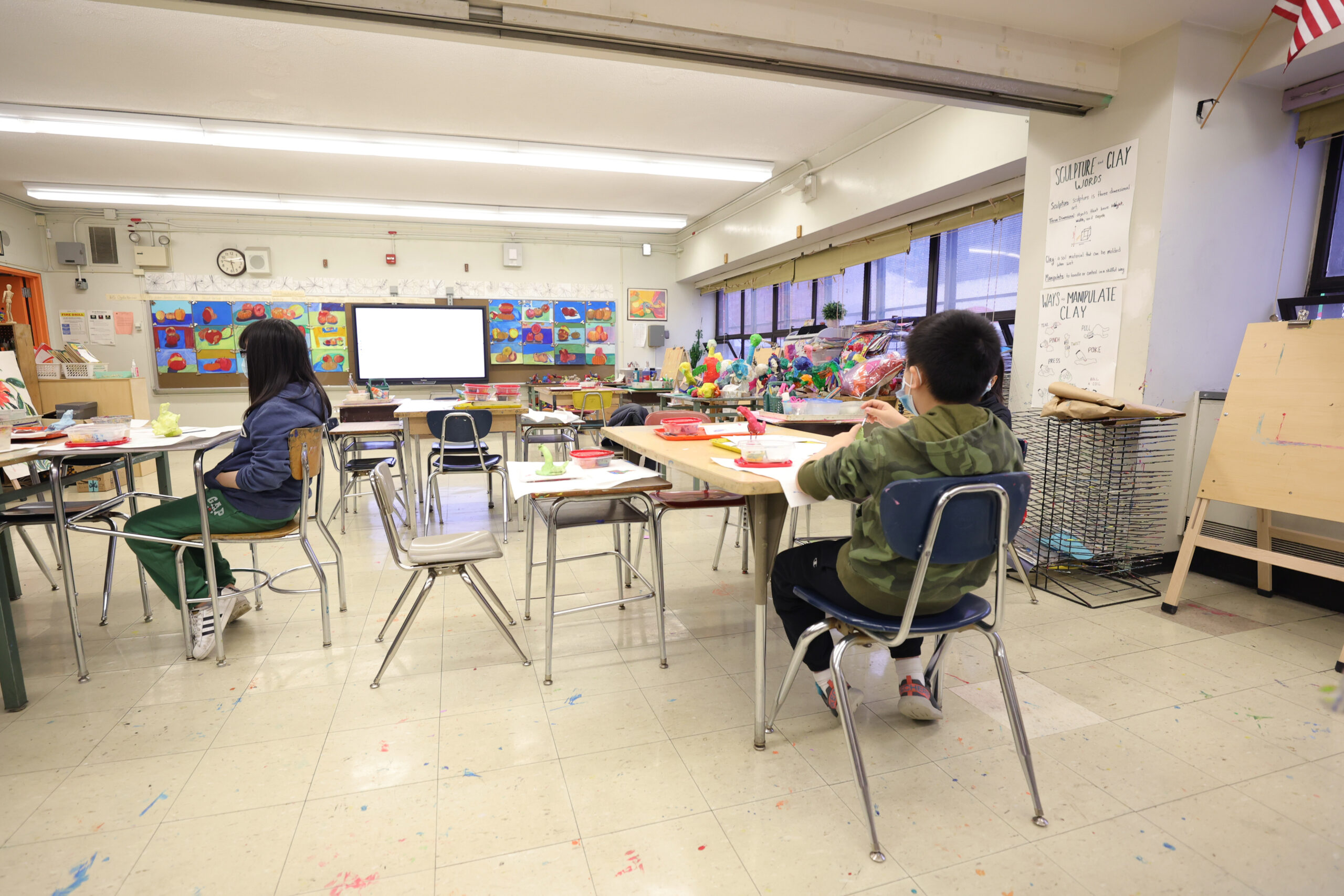
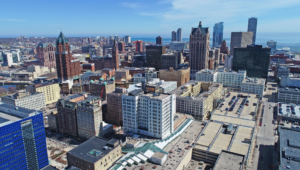

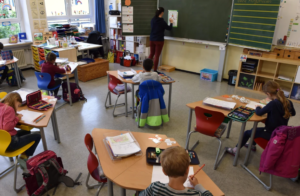
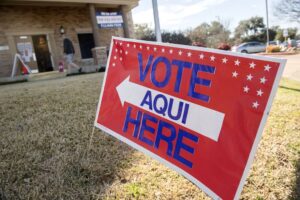
More Stories
More West Virginia schools will participate in opioid abuse prevention program
Pennsylvania is increasingly underfunding special education, report finds
Memphis’ Kingsbury High School community steps up call for changes